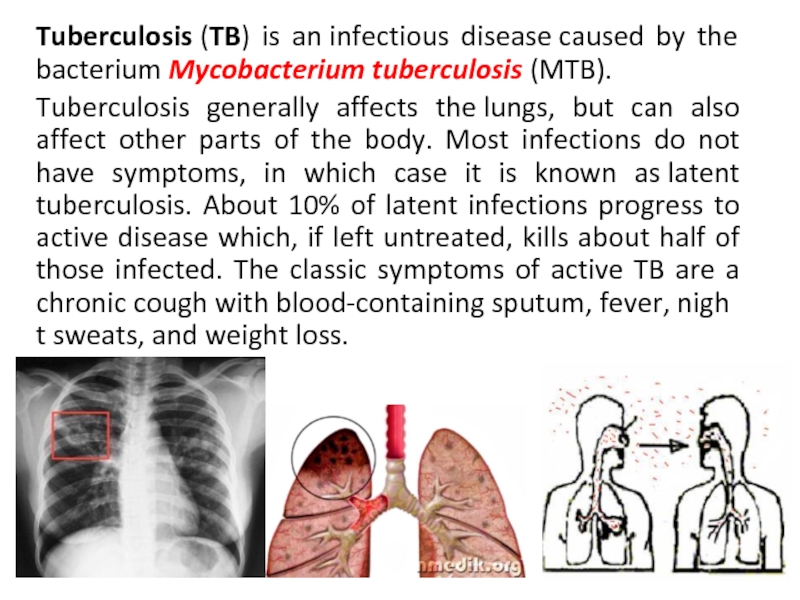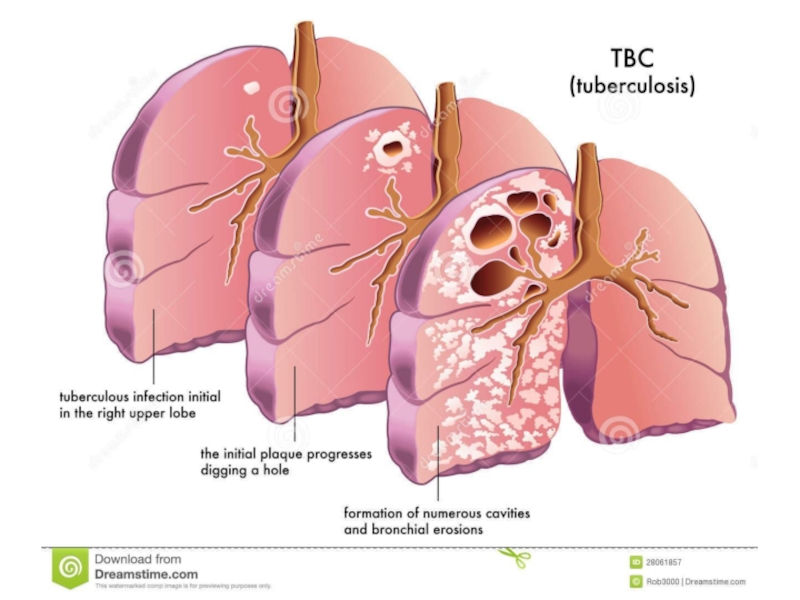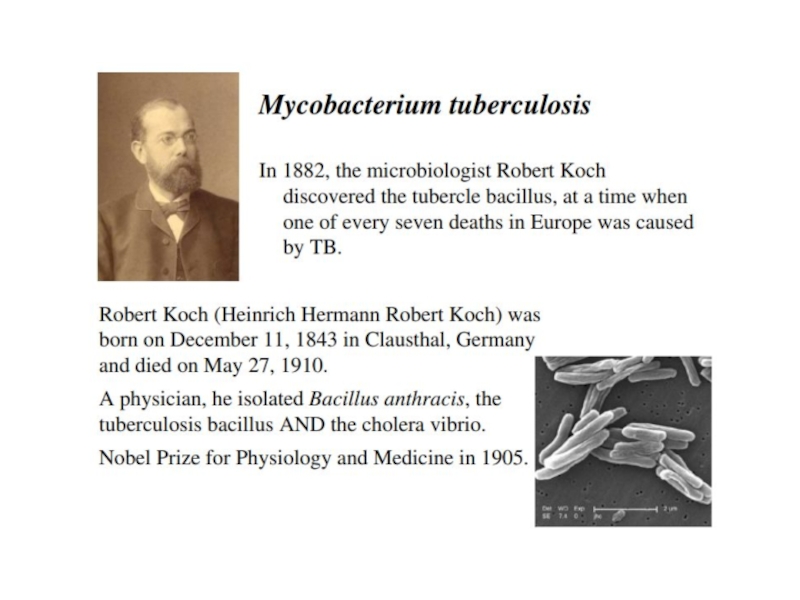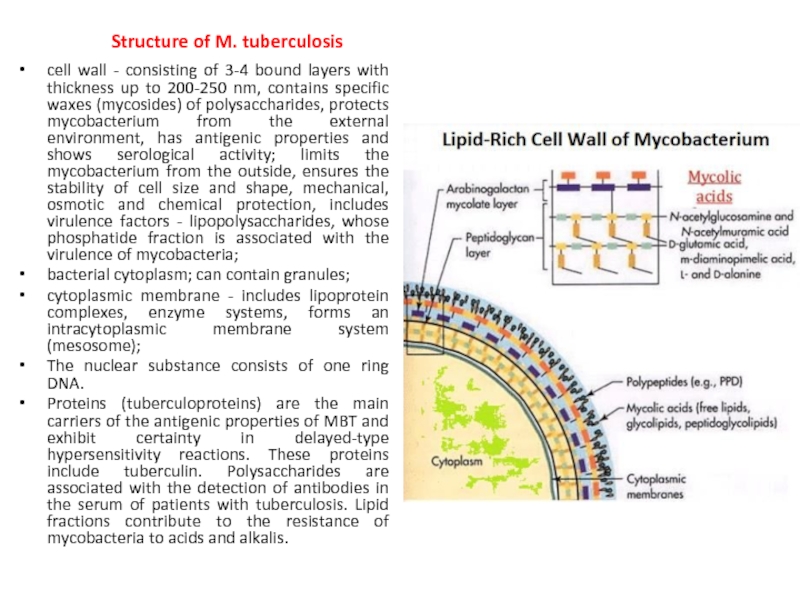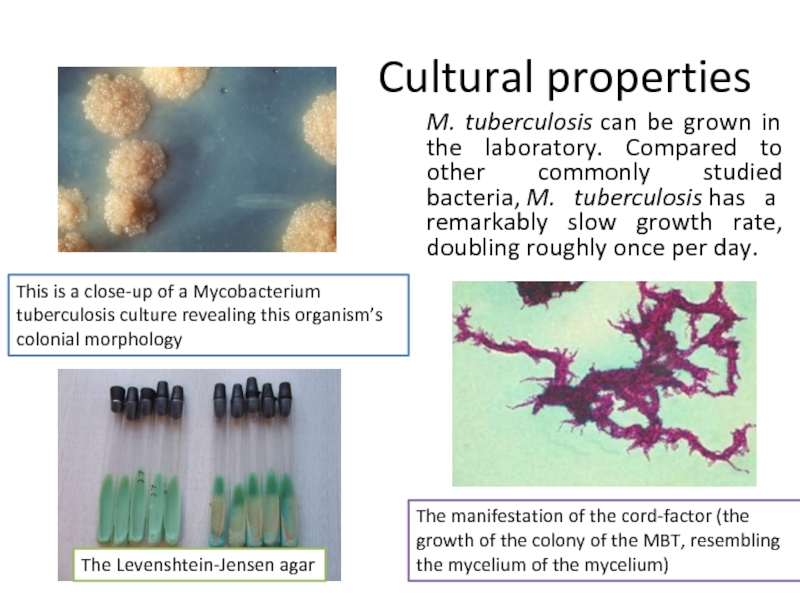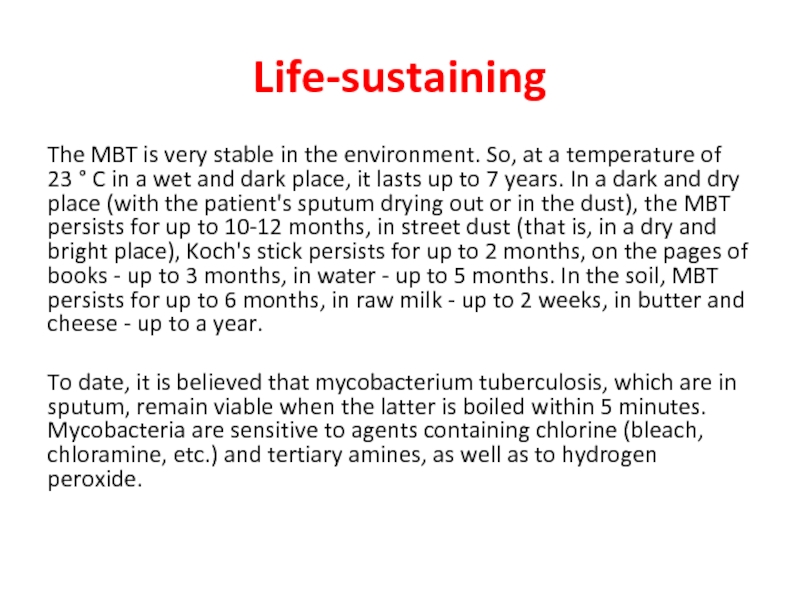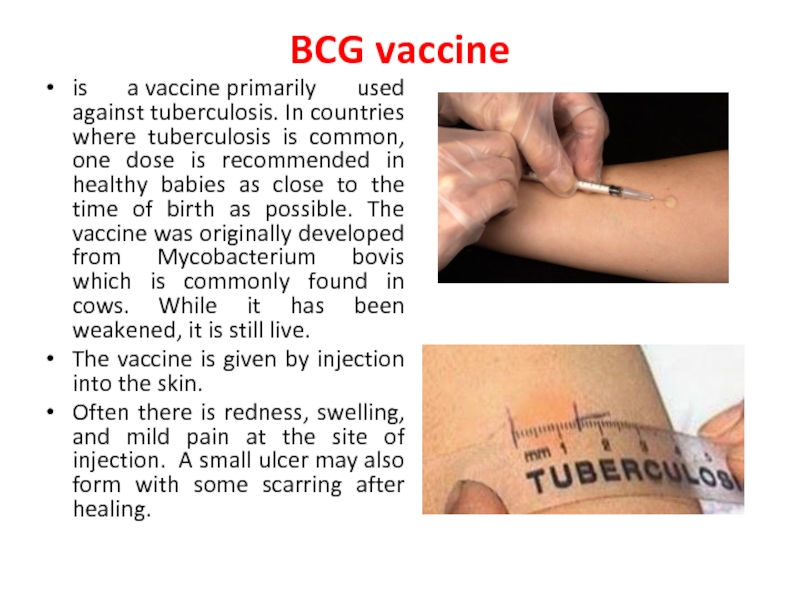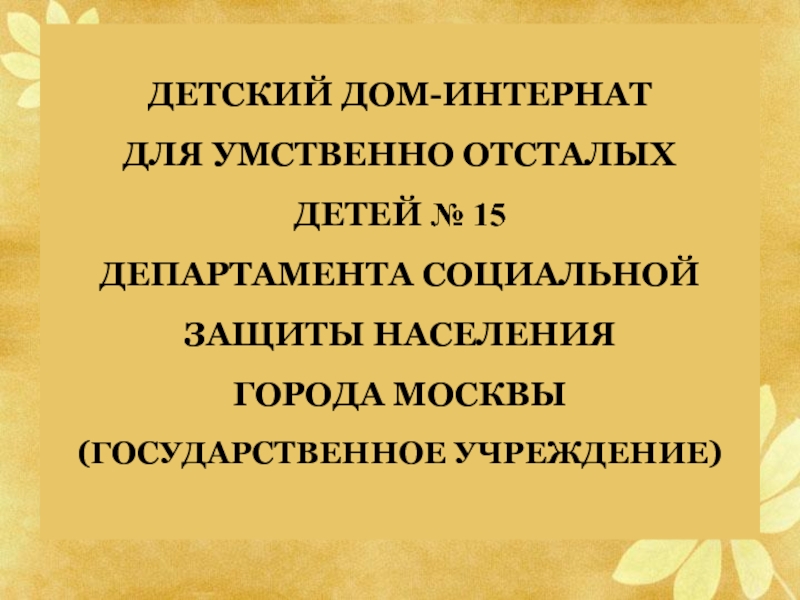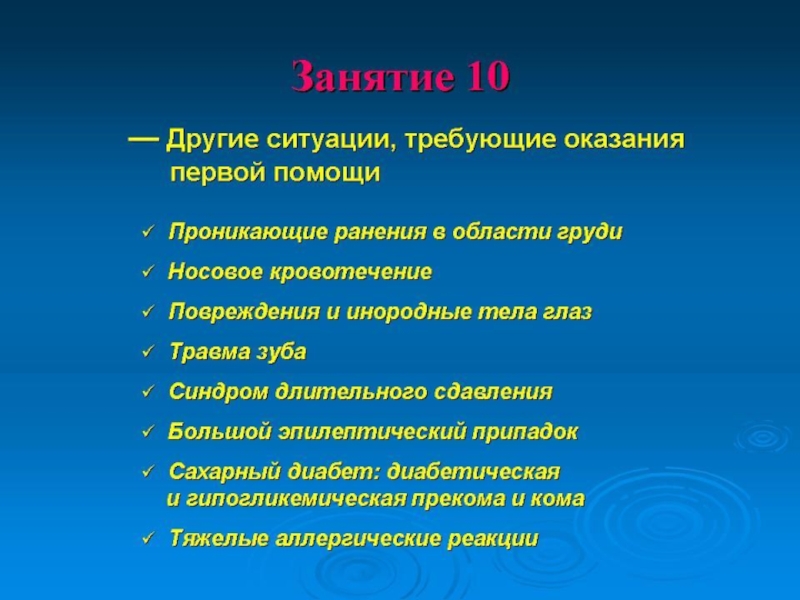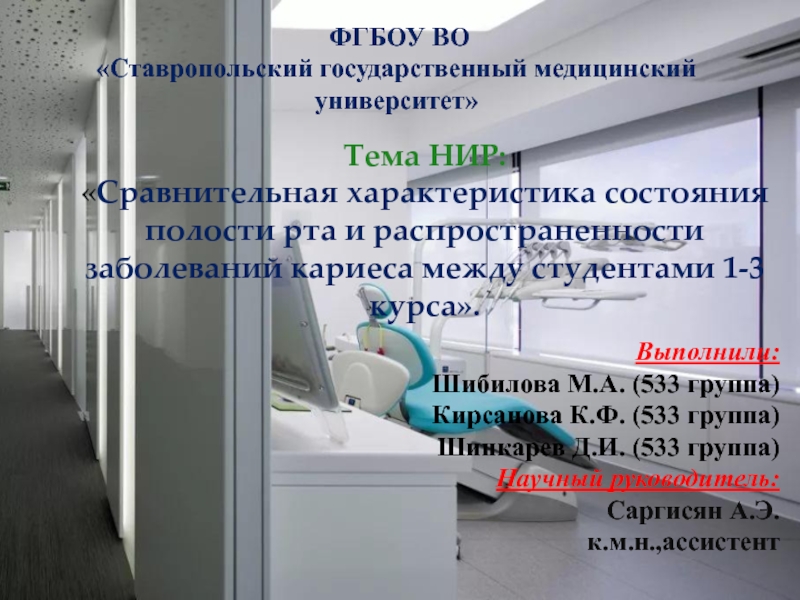- Главная
- Разное
- Дизайн
- Бизнес и предпринимательство
- Аналитика
- Образование
- Развлечения
- Красота и здоровье
- Финансы
- Государство
- Путешествия
- Спорт
- Недвижимость
- Армия
- Графика
- Культурология
- Еда и кулинария
- Лингвистика
- Английский язык
- Астрономия
- Алгебра
- Биология
- География
- Детские презентации
- Информатика
- История
- Литература
- Маркетинг
- Математика
- Медицина
- Менеджмент
- Музыка
- МХК
- Немецкий язык
- ОБЖ
- Обществознание
- Окружающий мир
- Педагогика
- Русский язык
- Технология
- Физика
- Философия
- Химия
- Шаблоны, картинки для презентаций
- Экология
- Экономика
- Юриспруденция
Microbiological characteristics of the causative agent of tuberculosis презентация
Содержание
- 1. Microbiological characteristics of the causative agent of tuberculosis
- 2. Tuberculosis (TB) is an infectious disease caused by the bacterium Mycobacterium
- 4. Symtoms Tuberculosis may infect any part of
- 5. Epidemiology
- 7. Microscopy of Mycobacterium tuberculosis Mycobacterium tuberculosis visualization using
- 8. cell wall - consisting of 3-4
- 9. Cultural properties M. tuberculosis can be grown in
- 10. Life-sustaining The MBT is very stable in
- 11. BCG vaccine is a vaccine primarily used against tuberculosis. In
Слайд 2Tuberculosis (TB) is an infectious disease caused by the bacterium Mycobacterium tuberculosis (MTB).
Tuberculosis generally affects the lungs,
Слайд 4Symtoms
Tuberculosis may infect any part of the body, but most commonly
– coughing
– weight loss
– loss of appetite
– night sweats
– fever – chest pain
Слайд 7Microscopy of Mycobacterium tuberculosis
Mycobacterium tuberculosis visualization using the Ziehl–Neelsen stain.
Fluorescent microscopy of
Mycobacterium tuberculosis
Слайд 8
cell wall - consisting of 3-4 bound layers with thickness up
bacterial cytoplasm; can contain granules;
cytoplasmic membrane - includes lipoprotein complexes, enzyme systems, forms an intracytoplasmic membrane system (mesosome);
The nuclear substance consists of one ring DNA.
Proteins (tuberculoproteins) are the main carriers of the antigenic properties of MBT and exhibit certainty in delayed-type hypersensitivity reactions. These proteins include tuberculin. Polysaccharides are associated with the detection of antibodies in the serum of patients with tuberculosis. Lipid fractions contribute to the resistance of mycobacteria to acids and alkalis.
Structure of M. tuberculosis
Слайд 9Cultural properties
M. tuberculosis can be grown in the laboratory. Compared to other
This is a close-up of a Mycobacterium tuberculosis culture revealing this organism’s colonial morphology
The Levenshtein-Jensen agar
The manifestation of the cord-factor (the growth of the colony of the MBT, resembling the mycelium of the mycelium)
Слайд 10Life-sustaining
The MBT is very stable in the environment. So, at a
To date, it is believed that mycobacterium tuberculosis, which are in sputum, remain viable when the latter is boiled within 5 minutes. Mycobacteria are sensitive to agents containing chlorine (bleach, chloramine, etc.) and tertiary amines, as well as to hydrogen peroxide.
Слайд 11BCG vaccine
is a vaccine primarily used against tuberculosis. In countries where tuberculosis is common, one
The vaccine is given by injection into the skin.
Often there is redness, swelling, and mild pain at the site of injection. A small ulcer may also form with some scarring after healing.

